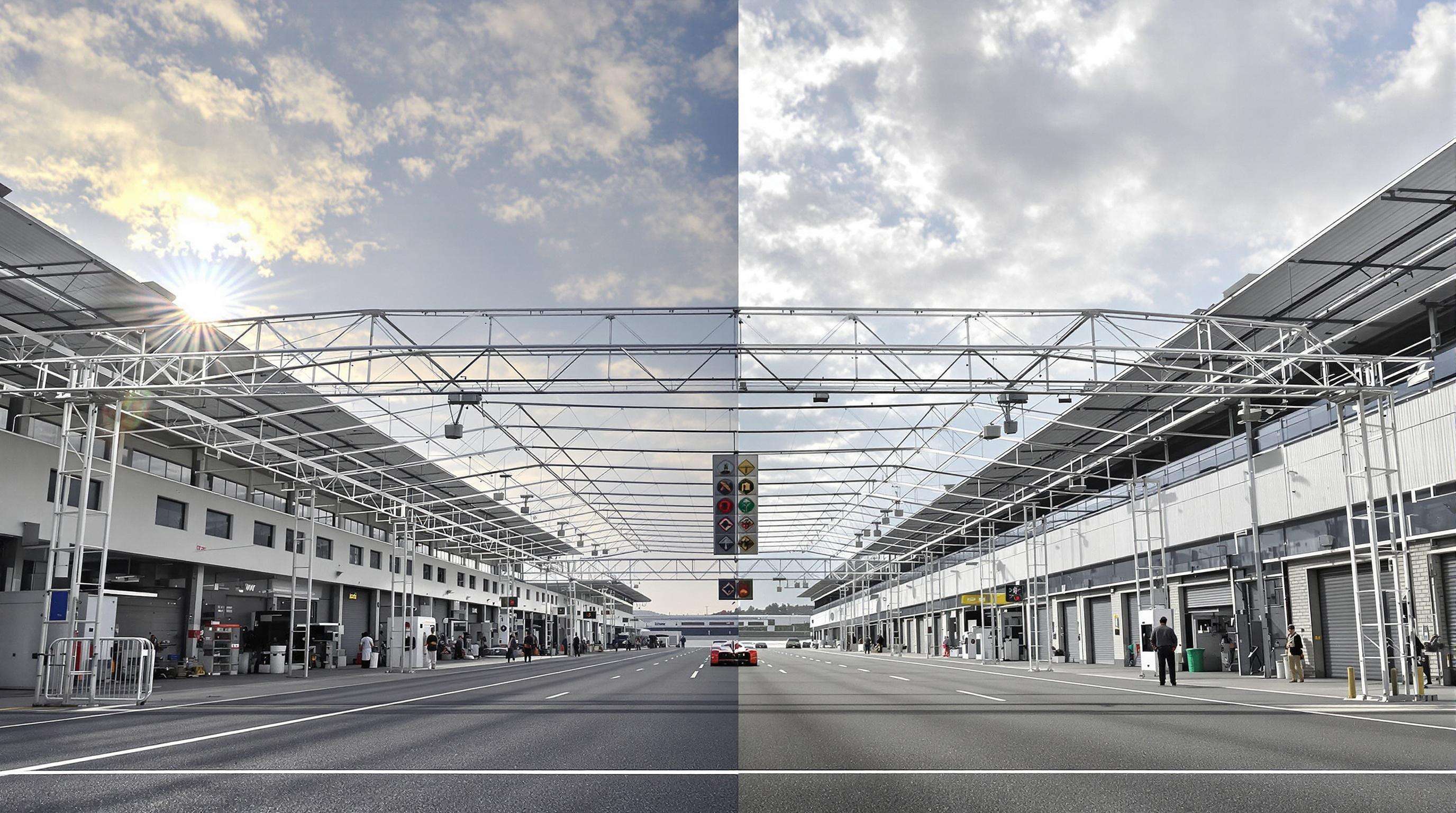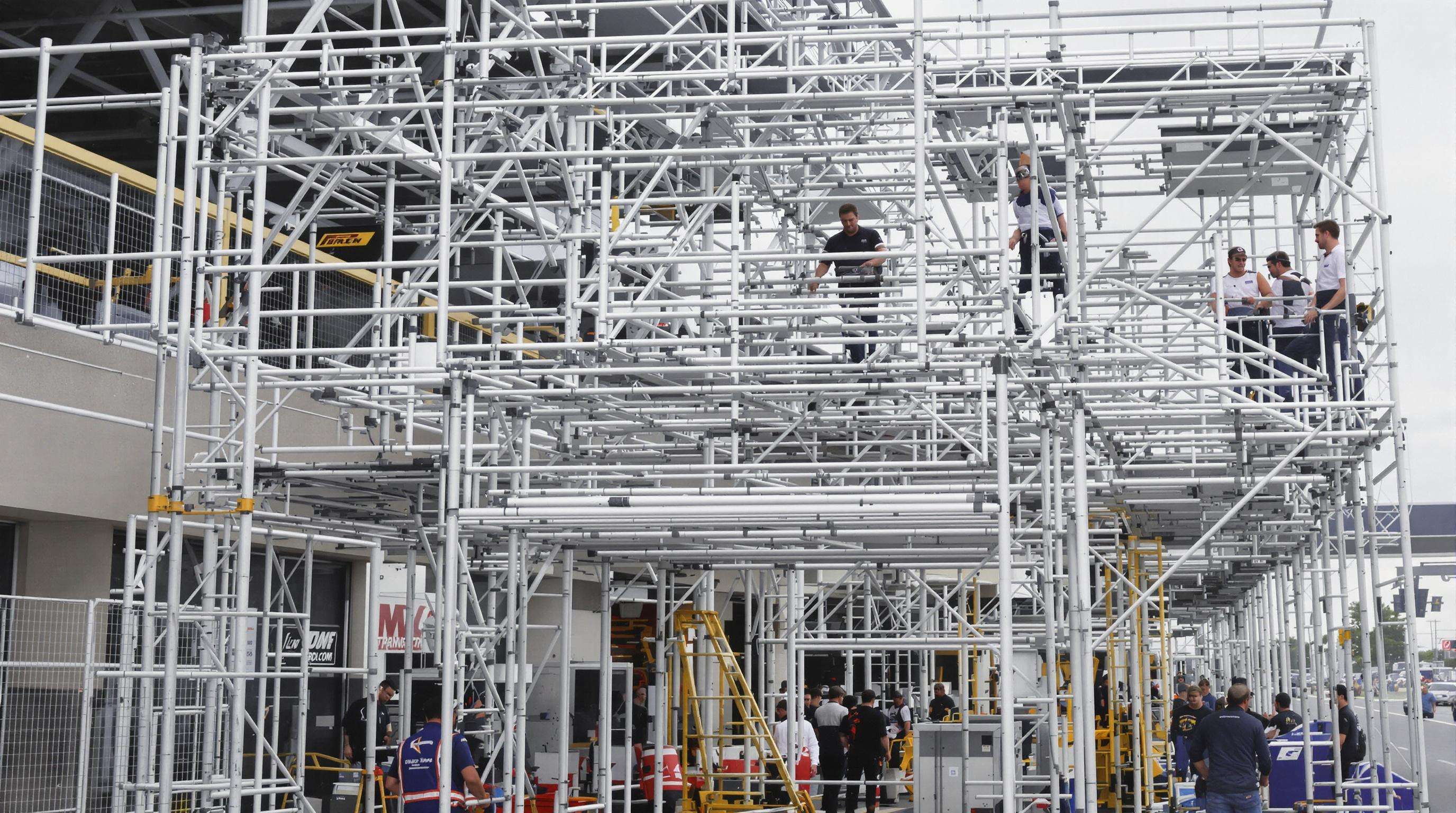Aluminum Truss Structures: Essential Components for Durable Race Setups
Why Aluminum Truss Structures Are Critical in High-Performance Racing Environments
The Growing Reliance on Aluminum Truss Systems in Motorsport Logistics
The modern racing scene needs infrastructure that can be moved around but still holds up structurally. Take a look at recent trends: aluminum truss systems now show up in about 8 out of 10 FIA sanctioned events since 2020, per some industry reports on motorsport construction. Weighing in at roughly 40 percent lighter than steel alternatives, these aluminum structures let race teams rearrange things like pit lanes, media setups, and safety equipment about 30 percent faster when they need to switch between different tracks in a championship series. The difference was pretty noticeable last year during the World Endurance Championship season. Teams working with aluminum frames managed to get everything set up at new venues within just over three days flat, which beat out the steel framework teams by nearly a day and a half.
Key Role in Mobile and Temporary Race Support Units
The modular nature of aluminum makes it really useful for race organizers who need to set up temporary facilities quickly. They can create medical stations, broadcasting areas, and even VIP spaces that hold up against winds blowing at around 90 miles per hour. According to research published in 2024 on aluminum truss performance, these structures barely bend at all when subjected to heavy forces equivalent to five tons. The amount of movement is less than a millimeter, which satisfies those tough safety standards set by the FIA. What's particularly impressive is how fast teams can put things together without needing special tools. Hospitality units covering 60 square meters take just 45 minutes to assemble, cutting down construction time by almost two thirds compared to traditional approaches. This speed factor becomes crucial during events where every minute counts.
Case Study: Aluminum Trusses in Formula E Pit Complexes
Formula E’s city-center circuits require pit complexes that install and remove within 12-hour windows. For the 2023 Jakarta E-Prix, organizers used 12km of aluminum trusses to create:
- 36 modular driver garages with integrated power and IT racks
- 8m-high timing towers stable in 98% humidity
- Crash barriers absorbing 65kJ impact energy
The system’s 100% reusability across 11 global races prevented 48 tons of steel waste—equivalent to 6 race-ready Formula E cars.
Material Superiority: Lightweight Strength and Durability of Aluminum Trusses

Aluminum truss structures dominate modern race infrastructure due to their unmatched strength-to-weight ratio. Industry analysis shows aluminum truss systems achieve 40% higher strength-to-weight ratios than steel equivalents while maintaining comparable load capacities. This enables motorsport teams to transport 25% more structural components per truckload compared to traditional steel configurations.
Aluminum vs. Steel: Performance Comparison in Race Infrastructure
| Property | Aluminum Trusses | Steel Trusses |
|---|---|---|
| Weight | 2.7 g/cm³ | 7.85 g/cm³ |
| Corrosion Resistance | Natural oxide layer | Requires coatings |
| Assembly Time | 30% faster | Labor-intensive |
New generation aluminum alloys can actually reach tensile strengths above 400 MPa, which puts to rest the old idea that making things lighter means they'll be weaker too. What's interesting is how these materials hold up when subjected to those extreme temperature swings racers face all the time. Think about it: going from scorching desert tracks where temperatures hit triple digits to damp coastal circuits where moisture hangs in the air for days on end. The material stays strong throughout these 100 plus thermal cycles without failing. And then there's the matter of fatigue resistance. Aluminum truss systems built with these alloys last roughly ten times longer under repeated stress compared to their steel counterparts before any real damage starts showing up. That kind of durability makes a big difference in competitive settings where equipment reliability is everything.
Modular Design and Customization for Dynamic Racing Applications

Flexible, Scalable Truss Configurations for Multi-Event Circuits
Aluminum truss structures have become pretty much essential in motorsport setups thanks to their modular design which allows for all sorts of layout changes. The standard cross sections and those precision machined connectors really make life easier for track crews who need to put together solid frameworks anywhere from 20 to 50 meters long. Think grandstands, timing towers, even media platforms. According to some research published last year by the International Motorsport Engineering Association, tracks that switched to these modular systems actually saved about a third on their setup costs when compared with traditional fixed steel structures. There are plenty of reasons why this approach works so well.
- Terrain adaptability: Adjust leg heights (1.5–3.5m ranges) to accommodate uneven pit lane surfaces
- Load scalability: Combine multiple truss segments to support broadcast equipment (up to 800 kg/m²)
- Cross-series compatibility: Share components between Formula E, rallycross, and electric GT events
Rapid Reconfiguration to Meet Changing Track and Event Demands
Racing events where time matters a lot need truss systems that can switch between media setups and victory podiums in under two hours. The new tool free designs with those spring loaded pins and magnetic guides let teams take down a 40 meter lighting setup in just 18 minutes, which beats old fashioned bolted systems by almost two thirds. Crews really appreciate this speed boost when things change at the last minute. Think about having to expand fan areas because too many people showed up, or setting up emergency paths when rain causes delays. These quick transitions make all the difference in keeping operations running smoothly despite unexpected challenges.
Efficient Deployment: Fast Assembly and Disassembly in Time-Sensitive Settings
Quick-Connect Systems and Tool-Less Assembly Innovations
Modern aluminum truss systems come equipped with these handy tool-free connectors that let workers put together entire pit lane scaffolds about two thirds quicker than old fashioned bolted setups. The design actually takes inspiration from those fast deployment systems first used by the military back in the day. They have these clever interlocking parts and pre-tensioned joints which hold everything together pretty solidly without needing special training or equipment. Take the Formula E race teams for instance they've cut down their usual eight hour setup time to just around three hours now. Pretty impressive when you think about it, all while still meeting those strict FIA safety standards for weight capacity.
Time and Labor Savings in Temporary Race Environment Setups
Aluminum truss systems are much easier to take apart than their steel counterparts, cutting down on teardown work by around 40%. This makes a big difference for venues hosting multiple races over the weekend since they spend less money renting space. Take the Jakarta E-Prix circuit as an example. Crews there have to move those long fan barriers and set up media towers every night when the track changes configuration. The time saved from quicker disassembly means about a third of the team can actually do other important stuff like preparing for sudden weather changes or helping coordinate live broadcasts rather than getting stuck with all the physical setup work.
Safety, Standards, and Technological Advances in Aluminum Truss Engineering
Meeting Rigging Safety Standards and Load Certification Requirements
When working with aluminum truss structures, following strict safety guidelines is absolutely necessary. Standards such as OSHA 29 CFR 1910.269 handle load management requirements, while NFPA 5000 deals specifically with fire resistance issues. Getting third party certification matters because it confirms that truss systems actually reach those minimum yield strength levels around 35 ksi according to ASCE 7-22 standards. These certified systems can handle dynamic loads about 2.5 times greater than their static weight capacity, which makes all the difference in high stress situations like racing events. Some recent research published in the Engineering Safety Journal back in 2023 found something interesting too. When using standardized AWS D1.2 welding techniques instead of just any old method, there was roughly a 41% drop in structural failures reported across multiple case studies. That kind of data really drives home why proper certification shouldn't be overlooked.
Innovations in Aluminum Alloys and Manufacturing Processes
Advancements in 6000-series aluminum alloys now deliver 18% higher tensile strength—up to 76 ksi—without weight penalties. Computerized extrusion processes achieve ±0.1mm dimensional accuracy, enabling seamless modular assembly in pit complexes. Five-axis CNC machining has reduced connector production waste by 62% since 2020 while maintaining 99.98% load-bearing consistency across batch productions.
Frequently Asked Questions
Why are aluminum trusses preferred in racing environments?
Aluminum trusses are preferred for their lightweight, strong, and durable nature, which allows for faster setup and greater flexibility compared to traditional steel trusses.
How does aluminum improve setup time for racing events?
Aluminum's lighter weight and modular design enable faster assembly and disassembly, reducing labor time significantly.
Are aluminum trusses safe under heavy loads?
Yes, aluminum trusses meet rigorous safety standards and load certifications, ensuring reliability under dynamic loads.
What are the long-term benefits of using aluminum trusses?
Aluminum trusses offer enhanced corrosion resistance, longer fatigue life, and modularity, leading to cost savings and environmental benefits due to reduced material waste.

